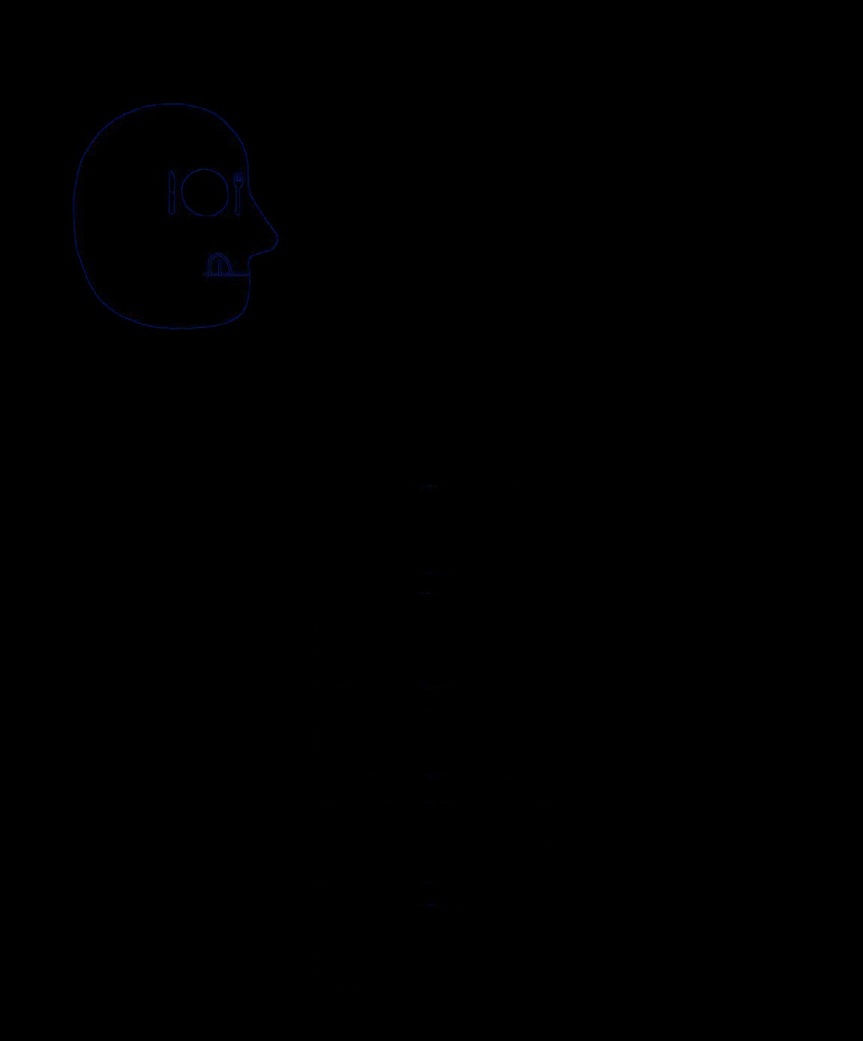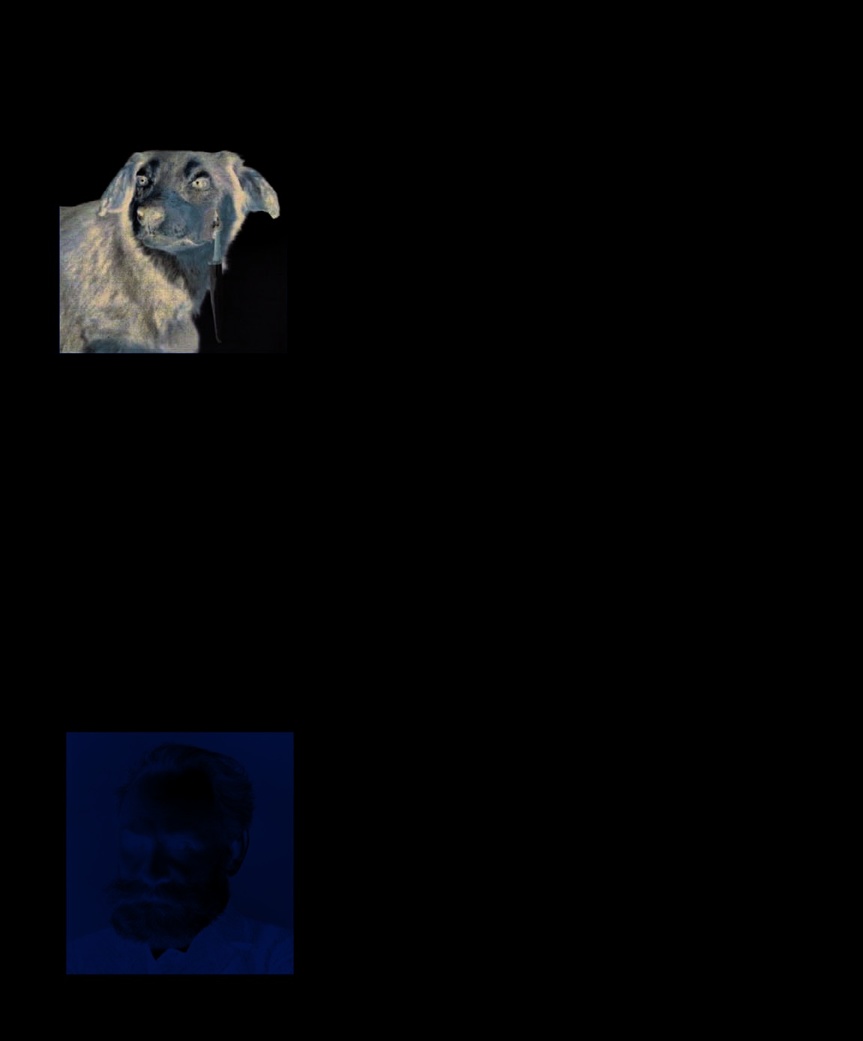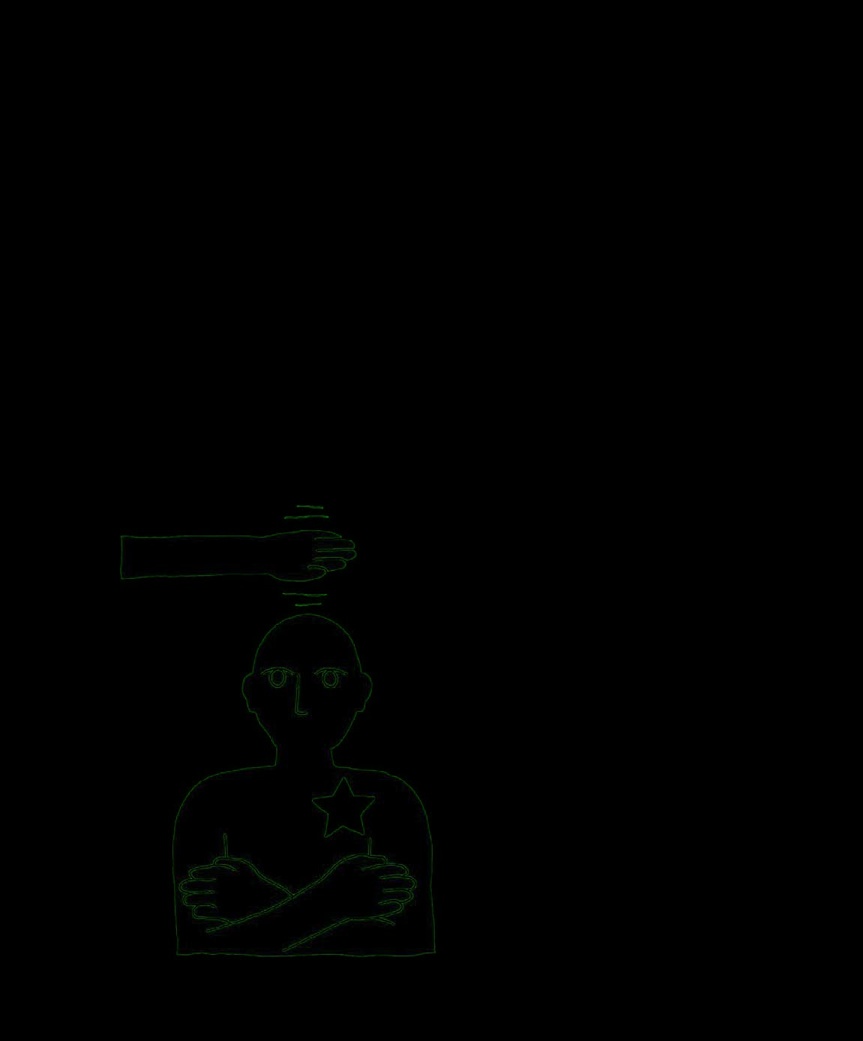The Psychology Book (20 page)
Read The Psychology Book Online
Authors: Unknown

the phenomenon of
Clark L. Hull states
B.F. Skinner
publishes
Noam Chomsky
imprinting
, where baby
that
drive reduction
Verbal Behavior,
in which
writes a critical
animals assume a parent
(satisfying our basic
he claims that speech is
review of
Verbal
because of sensory
human needs) is the
a product of past
Behavior
that helps
information received
only true basis of
behavioral and
spark the
cognitive
at a critical time.
reinforcement.
genetic history
.
revolution
.
1935
1943
1957
1959
1938
1948
1958
1960S
Edwin Guthrie suggests
Cognitive Maps in Rats
Joseph Wolpe conducts
Neal Miller’s
that
“single-trial
and Men
by Edward
desensitization
experiments lead
learning”
is adequate;
Tolman suggests that
techniques
on war
to the discovery
conditioning need not
we develop
cognitive
veterans suffering from
of
biofeedback
rely on repetition.
maps
while we go
“war neurosis.”
techniques.
about our daily lives.
behavior. The shift from “mind” to
consequences, not by a preceding
this time was Edward Tolman,
“behavior” as a basis for the study of
stimulus. Although the concept
a behaviorist whose theories
psychology was revolutionary, and
was similar to ideas proposed by
had not dismissed the importance
was even accompanied by a
William James, it radically altered
of perception and cognition, due
“behaviorist manifesto”—the paper
the course of behaviorism, taking
to his interest in German-based
Psychology as the Behaviorist Views
into account genetic factors and
Gestalt psychology. Advances in
It
, delivered in 1913 by Watson.
explaining mental states as a result
neuroscience, explored by another
In the US, which was leading the
(rather than as a cause) of behavior.
behaviorist, Karl Lashley, also
field in psychology, behaviorism
played a part in shifting the
became the dominant approach for
The cognitive revolution
emphasis from behavior to
the next 40 years. Evolving from
By the mid-20th century, however,
the brain and its workings.
the idea of Pavlovian or classical
psychologists were questioning the
Behaviorism had now run its
conditioning came Watson’s
behaviorist approach. Ethology, the
course, and was superseded by the
assertion that environmental
study of animal behavior, showed
various branches of cognitive
stimuli alone shape behavior;
the importance of instinctive as well
psychology. However, its legacy,
innate or inherited factors are not
as learned behavior—a finding that
particularly in establishing a
involved. The next generation
sat uncomfortably with strict ideas
scientific methodology for the
included the “radical behaviorist”
of conditioning. A reaction to
subject, and in providing models
B.F. Skinner, who proposed a
Skinner’s ideas also sparked the
that could be used in psychological
rethink of the stimulus–response
“cognitive revolution,” which
experimentation, was a lasting one.
notion in his theory of “operant
turned attention once again from
Behavioral therapy is also still in
conditioning”—which stated that
behavior back to the mind and
use today, as an essential part of
behavior was shaped by
mental processes. A key figure at
cognitive-behavioral therapy. ■

60
THE SIGHT OF
TASTY FOOD MAKES
A HUNGRY MAN’S
MOUTH WATER
IVAN PAVLOV (1849–1936)
IN CONTEXT
An
unconditioned
stimulus
(such as being
M
any of the key discoveries
made when modern
psychology was still in its
APPROACH
presented with food)…
infancy were the result of research
Classical conditioning
by scientists working in other fields.
BEFORE
Ivan Pavlov, a Russian physiologist,
Early 12th century
Arab
is one of the best known of these
…can provoke an
physician Avenzoar (Ibn Zuhr)
early pioneers, whose investigations
unconditioned response
performs experiments on
into the secretion of saliva during
(such as beginning to salivate).
animals in order to test
digestion in dogs led him to some
surgical procedures.
unexpected conclusions.
During the 1890s, Pavlov carried
1890
In
Principles of
out a series of experiments on dogs,
If an unconditioned
Psychology,
William James
using various surgically implanted
stimulus is accompanied
states that in animals “the
devices to measure the flow of
by a
neutral stimulus
feeling of having executed
saliva when these animals were
(such as a ringing bell)…
one impulsive step is an
being fed. He noted that the dogs
indispensable part of the
salivated not only when they were
stimulus of the next one.”
actually eating, but also whenever
…a
conditioned response
they could just smell or see some
AFTER
begins to develop.
appetizing food. The dogs would
1920
John B. Watson’s
even salivate, in anticipation of
“Little Albert” experiment
food being produced, when they
demonstrates classical
were simply being approached by
conditioning in humans.
one of their keepers.
After repeated episodes,
1930s
B.F. Skinner shows
Pavlov’s observations led him
the
conditioned stimulus
that rats can be “conditioned”
to investigate the links between
alone (the ringing bell)…
various stimuli and the responses
to behave in a specific way.
they elicited. In one experiment,
1950s
Psychotherapists
he set off a clicking metronome
employ “conditioning” as
just before offering food to the
…will
provoke
a
part of behavior therapy.
conditioned response
dogs, repeating this process until
(beginning to salivate).
the animals always associated the
sound with a good meal. This

BEHAVIORISM 61
See also:
William James 38–45 ■ John B. Watson 66–71 ■ B.F. Skinner 78–85 ■ Stanley Schachter 338
stimulus (bell, buzzer, or light)
with pain or some form of threat
and food had been established,
and began to elicit a conditioned
the dogs would respond to the
response of fear or anxiety.
stimulus by salivating.
The principle of what is now
known as classical or Pavlovian
Conditioned response
conditioning, as well as Pavlov’s
Pavlov concluded that the food
experimental method, marked a
offered to the dogs was an
groundbreaking step in the
“unconditioned stimulus” (US),
emergence of psychology as
because it led to an unlearned, or
a truly scientific, rather than
“unconditioned” response (UR)—in
philosophical, discipline. Pavlov’s
this case, salivation. The click of
work was to be hugely influential,
the metronome, however, only
particularly on US behaviorist
Pavlov’s dogs
would salivate simply
became a stimulus to salivation
psychologists, such as John B.
at the sight of someone in a white lab
after its association with food had
Watson and B.F. Skinner. ■
coat. They had become “conditioned”
been learned. Pavlov then called
to associate the coat with eating, as
this a “conditioned stimulus” (CS).
whoever fed them always wore one.
The salivation in response to the
metronome was also learned, so
“conditioning” eventually resulted
was a “conditioned response” (CR).
in the dogs salivating in response
In later experiments, Pavlov
to the click of the metronome alone.
showed that conditioned responses
Facts are the air of science.
In further experiments, Pavlov
could be repressed, or “unlearned,” if
Without them a man of
replaced the metronome with a
the conditioned stimulus was given
science can never rise.
bell or buzzer, a flashing light, and
repeatedly without being followed
Ivan Pavlov
whistles of different pitches.
by food. He also demonstrated that
However, regardless of the nature
a conditioned response could be
of the stimulus used, the result
mental as well as physical, by
was the always same: once an
carrying out experiments in which
association between the neutral
various stimuli were associated
Ivan Pavlov
Ivan Pavlov, the eldest son of a
here that he carried out his
village priest in Ryazan, Russia,
famous research into the
was initially destined to follow in
digestive secretions of dogs,
his father’s footsteps. However, he
which won him the Nobel Prize
quickly abandoned his training at
in 1904. Pavlov retired officially
a local seminary, transferring
in 1925, but continued his
to the University of St. Petersburg
experiments until his death from
to study natural science. After
pneumonia in February 1936.
graduation in 1875, he enrolled at
the Academy of Medical Surgery,
Key works
where he gained a doctorate and
later a fellowship. In 1890, Pavlov
1897
Lectures on the Work of
became a professor at the Military
the Principal Digestive Glands
Medical Academy, and was also
1928
Lectures on Conditioned
made director of the physiology
Reflexes
department at the Institute of
1941
Conditioned Reflexes
Experimental Medicine. It was
and Psychiatry

